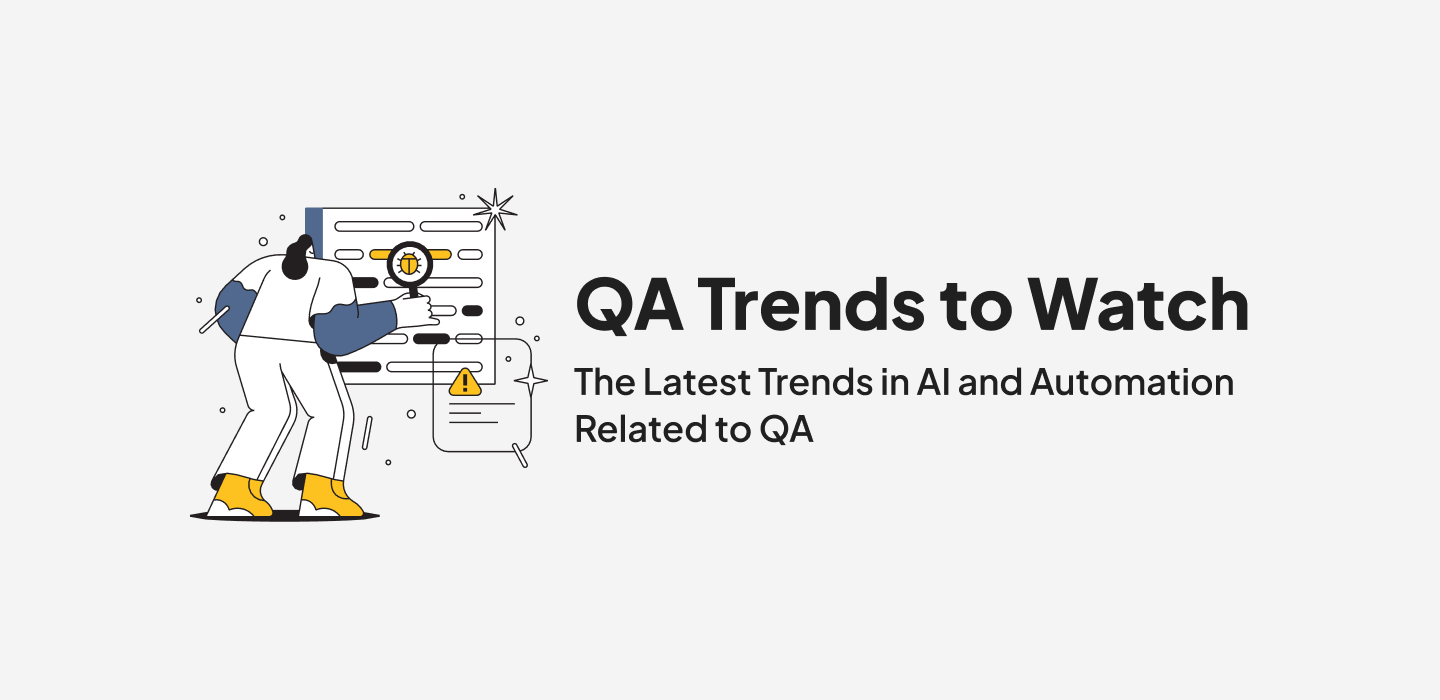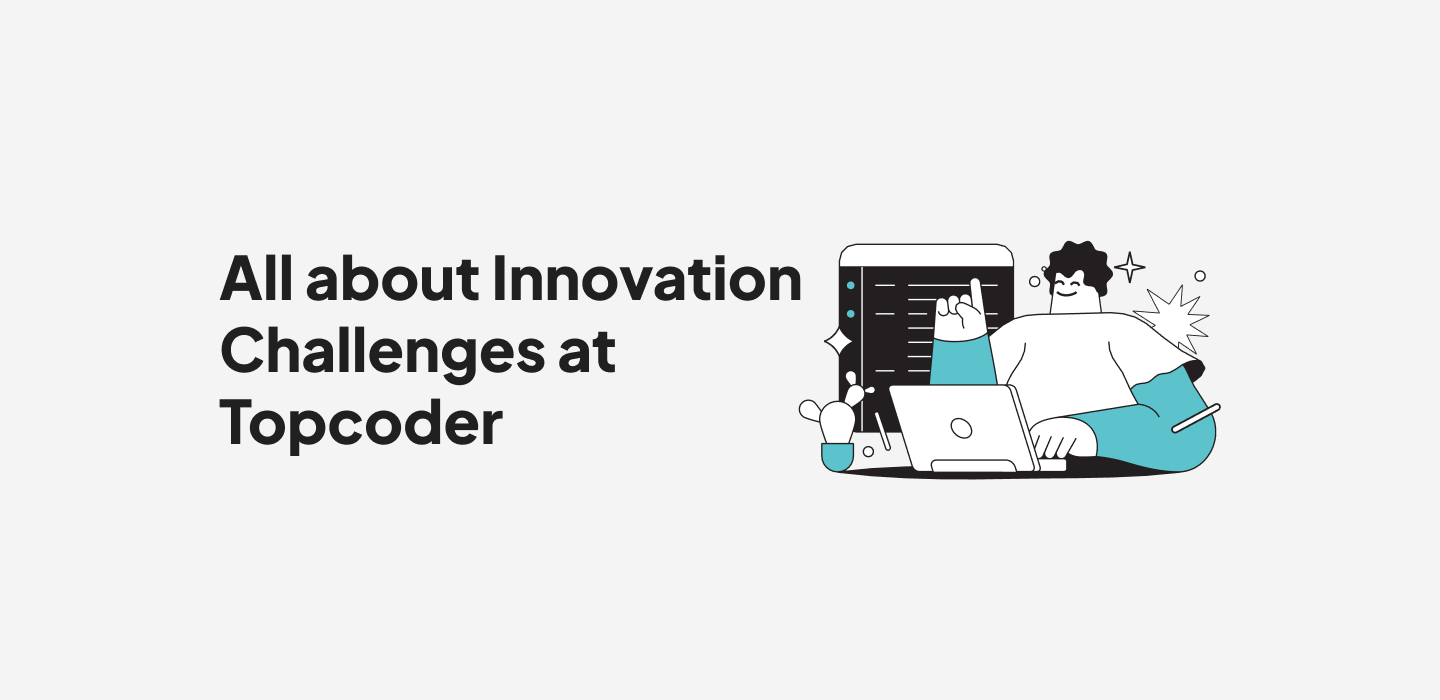August 6, 2021 Inside the Modern Workforce Part 3: HR’s Moment to take the Reins
Welcome back to part 3 of our series going inside the modern workforce. We’re sharing stories of leaders who have built and scaled blended workforce programs in their organizations. Part 1 explored how Michael Vollmer, General Manager, Interactive Experience and Apple Practice at Wipro, uses crowd for digital innovation and technology R&D. Part 2 focused on Paul Hlivko, Chief Experience Officer & Chief Technology Officer at Wellmark Blue Cross and Blue Shield. Paul uses on-demand talent as part of an all-in talent strategy.
Today we’re introducing you to Gary Bolles, Chair of the Future of Work Program at Singularity University. He wants to shift the role of human resources from administrative to strategic. HR has the opportunity to place a new human capital hybrid workforce strategy at the core of an organization. Grab our new Ebook: Inside the Modern Workforce, to discover how you can start to rethink your talent strategy like these leaders.
Transforming HR & HCM
We created modern jobs and modern organizations off of an industrial-era model. While vast swaths of work and work culture have changed, much of that stubborn legacy structure persists. Staffing is one area that is primed for innovation. It’s time for HR departments to take the reins and rethink how organizations source and orchestrate talent.
Unique pain points for HR:
- Budget constraints
- Outdated talent acquisition models
- Equitable compensation structures for all workers
- Finding the tech stack to make it all work
Develop Problem-centric thinking
The old models lump together tasks with processes. Then we fall in love with the processes and forget why we are doing the task. To make the shift, begin to think of HR as an opportunity to apply human skills to solve the problems your company is grappling with.
By developing problem-centric thinking, HR can support employees at the team level. Workers will be empowered to solve problems by finding talent with the right skill sets. HR has to drive this, and create systems that bring in a variety of talent resources as efficiently as possible.
Conducting the hybrid workforce orchestra
Managing this new portfolio of talent is one of the major new deliverables of the new human resources department. As you do this, it’s important to develop a program that continues to elevate the talent. Many of the app driven services are optimized to the advantage of the hirer, not the service provider. At Topcoder, our members are at the core of who we are and how we deliver outcomes. From your FTEs to the fractional contractors you employ, think through how your organization will establish worker equity as you build and scale a hybrid workforce.
“The blocking and tackling of HR in the past were about managing scarcity. People are either employees or they’re not. Now we are dynamically grouping humans around a problem and then they can move on to solve the next problem.” —Gary Bolles, Chair of the Future of Work Program at Singularity University.
How to get there
This new vision for HR requires leaders to develop problem-centric thinking. What do you need to solve? Become a department that is literally about people, and supply hybrid talent sourcing from in-house, on-demand and automated resources. Include requirements to utilize a hybrid talent model in job descriptions and performance reviews.
The ultimate impact will place HR in a central role that matches a company’s talent portfolio with its evolving strategic initiatives. Discover how to wield freelancers to get more done. Grab hybrid workforce strategies from 5 enterprise leaders.
Annika Nagy



